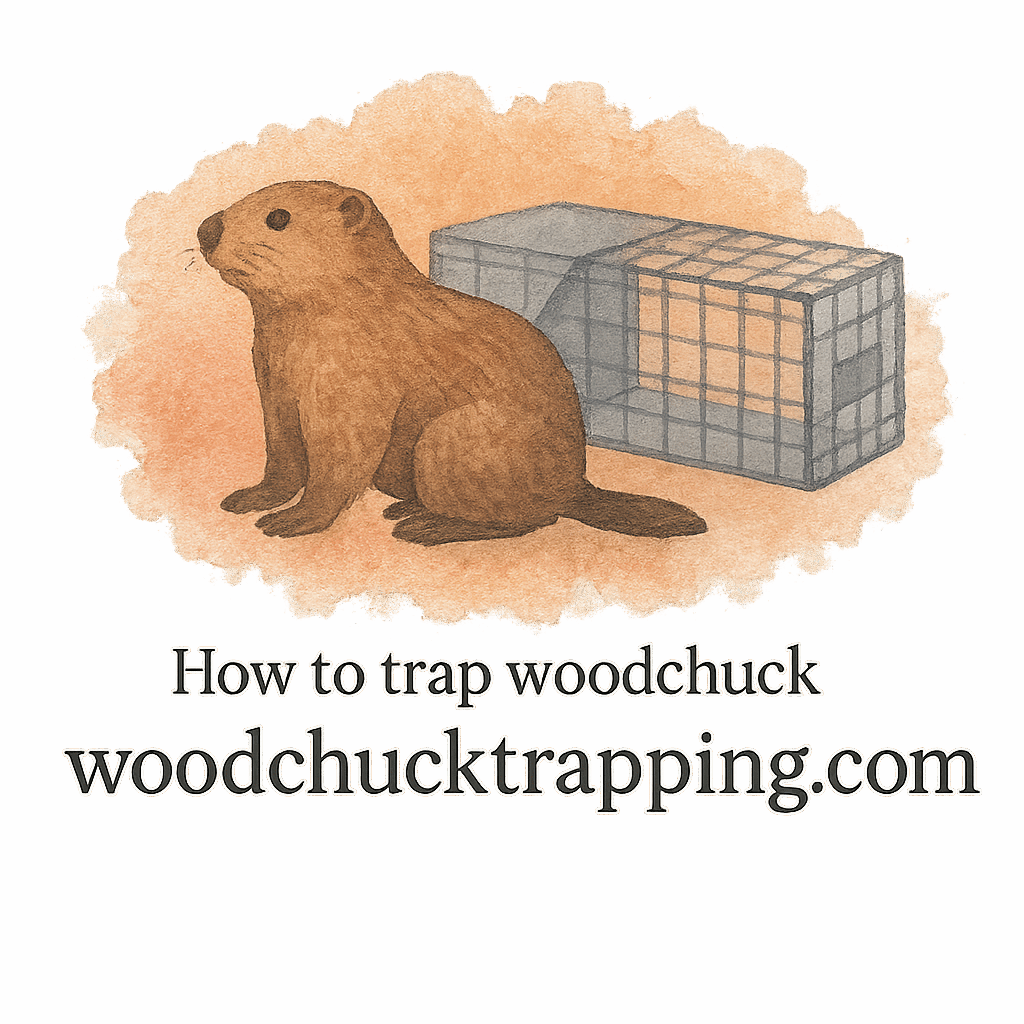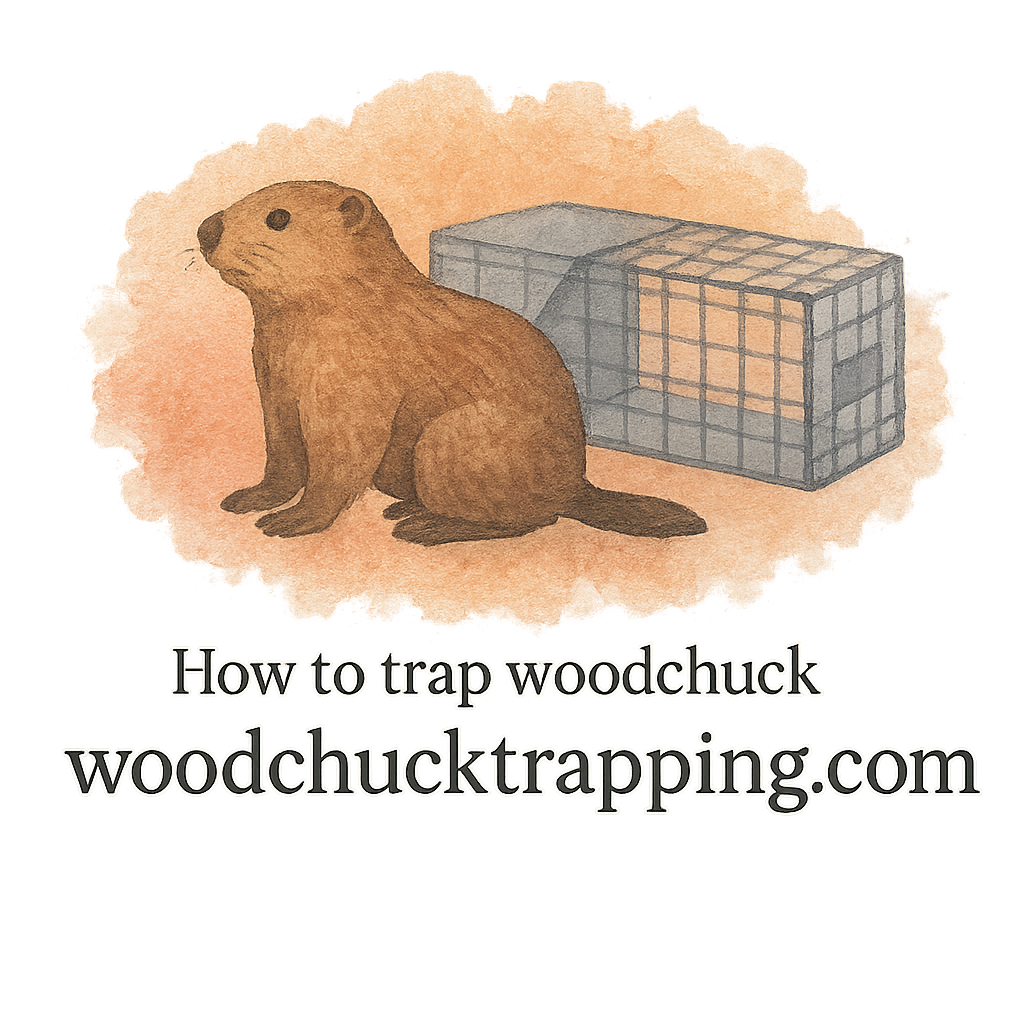Introduction to Humane Woodchuck Trapping
If you’ve spotted mounds of dirt in your yard, or seen a chunky woodchuck nibbling away at your garden, you’re not alone. Woodchucks (also called groundhogs) can be a real nuisance, but before rushing into drastic measures, it’s important to consider humane trapping techniques. With the right tools and methods, you can solve the problem without causing harm to the animal—or your property.
Why Humane Trapping Matters
Ethical Responsibility
Let’s be real—nobody wants to see an animal suffer. Woodchucks are simply doing what comes naturally: digging, burrowing, and foraging. Humane trapping ensures you deal with the problem responsibly while protecting local wildlife.
Legal Considerations
Before you even touch a trap, check the laws and safety guidelines. Many states have regulations about when, where, and how you can trap woodchucks. Humane methods not only align with ethical choices but also keep you on the right side of the law.
Understanding Woodchuck Behavior
Signs of Infestation
The first step in controlling woodchucks is knowing the signs of their presence. Look for wide burrow openings, gnawed plants, and dirt mounds. If your garden is mysteriously shrinking, a woodchuck might be the culprit.
Burrows and Yard Damage
Woodchucks dig deep, complex burrows, which can cause soil instability and damage to foundations. Their tunneling often results in costly repairs if ignored. Learn more about preventing yard damage before it gets worse.
Preparing for Woodchuck Trapping
Safety and Legal Checks
Always gear up with basic safety equipment and check regulations in your area. Humane trapping requires diligence—not just throwing down a trap and hoping for the best.
Choosing the Right Location
Set traps where you see the most activity: near burrow entrances, garden patches, or feeding trails. Remember, location can make or break your trapping success.

9 DIY Tools for Humane Woodchuck Trapping Techniques
1. Live Cage Traps
A sturdy live cage trap is the most important tool in humane trapping. It safely captures the animal without injury. When working in smaller yards, consider compact traps designed for minimal space.
2. Protective Gloves
Never underestimate a good pair of gloves. They keep your scent off the trap and protect you from bites or scratches during handling.
3. Trap Coverings and Shades
Cover traps with cloth or leaves to make them less intimidating. A shaded trap also keeps the animal calmer once caught.
4. Humane Baiting and Luring Tools
Food is your secret weapon. Use fresh veggies like apples, carrots, or lettuce. Check out proven baiting and luring techniques that increase success rates.
5. Digging Tools for Burrow Setup
A small shovel or trowel helps position traps near burrow entrances, ensuring they’re stable and effective.
6. Motion-Activated Cameras
Want to know if your setup is working? Motion-activated cameras let you track animal activity and adjust placement.
7. Trap Scent Neutralizers
Woodchucks are cautious. Using trap scent neutralizers ensures they don’t detect human odors.
8. Relocation Containers
Once trapped, you’ll need a safe container for transporting the animal. Ensure it’s ventilated and secure.
9. Safety Gear and Handling Tools
From nets to handling tools, proper equipment keeps both you and the animal safe during relocation.
Step-by-Step Humane Trapping Techniques
Setting the Trap Correctly
Proper placement is crucial. Review these trapping techniques to boost your success rate.
Monitoring and Checking Traps
Never leave traps unchecked for long. Humane trapping means reducing stress on the animal by monitoring frequently.
Safe Relocation Practices
Once captured, transport the woodchuck in relocation containers and release it in a safe, legal environment far from your property.
Common Mistakes to Avoid in Trapping
- Leaving traps unmonitored
- Using strong-smelling baits or touching traps without gloves
- Setting traps in the wrong locations
- Ignoring local wildlife laws
Preventing Future Infestation
Yard Maintenance and Damage Control
Fill abandoned burrows, fence off gardens, and secure weak spots in your yard. Read more about prevention and damage control.
Long-Term Prevention Strategies
Consider repellents, raised garden beds, and habitat adjustments. Browse more proven techniques for long-term success.
Equipment Reviews and Recommendations
Before buying tools, check out reliable equipment reviews to make sure you’re investing in the right gear.
Final Thoughts on Humane Trapping
Trapping woodchucks humanely is about balance—protecting your property while respecting wildlife. With the right tools, strategies, and a little patience, you’ll solve your woodchuck problem without causing unnecessary harm.
Conclusion
Humane woodchuck trapping is a skill every property owner can master with the right tools and knowledge. Whether you’re working with trap gear, experimenting with lures, or learning the basics of how to trap, staying humane ensures better results for both you and the animal. Protect your yard, follow the rules, and always aim for humane practices—it’s a win-win.
FAQs
1. What’s the best bait for woodchucks?
Fresh fruits and vegetables like apples, carrots, and lettuce work best. For more options, see these baiting tips.
2. How often should I check my traps?
At least once or twice daily. Humane trapping means minimizing stress for the animal.
3. Can I trap woodchucks in a small yard?
Yes, compact traps are designed for limited spaces.
4. Do I need special gloves when handling traps?
Yes—gloves prevent your scent from transferring and protect your hands.
5. How do I know if woodchucks are in my yard?
Look for burrows, gnawed plants, and other clear signs of infestation.
6. Is relocation safe for woodchucks?
Yes, when done properly with humane handling and in accordance with local laws.
7. What tools are essential for beginners?
Start with a live trap, gloves, trap scent, and proper tools for safe handling.


